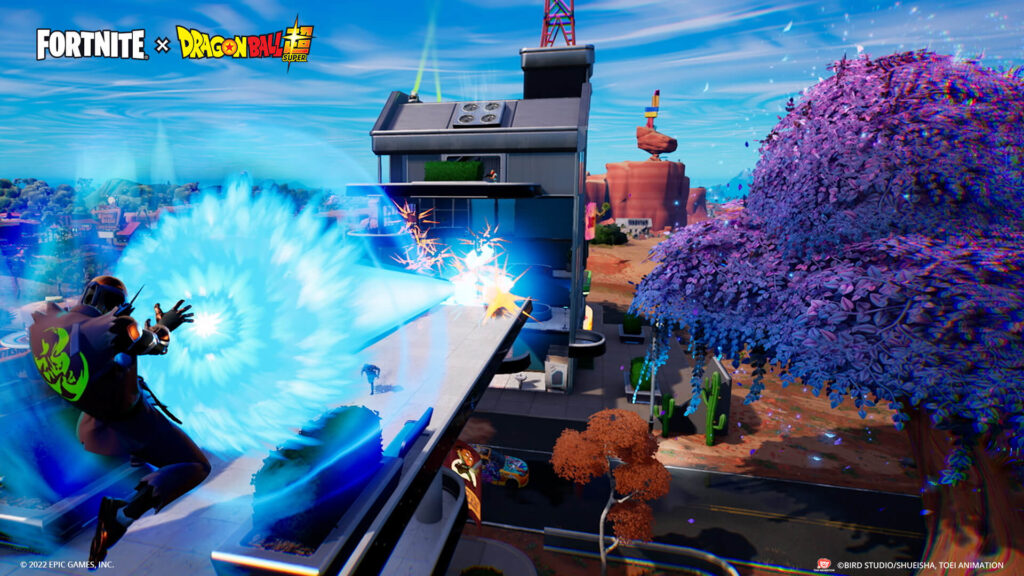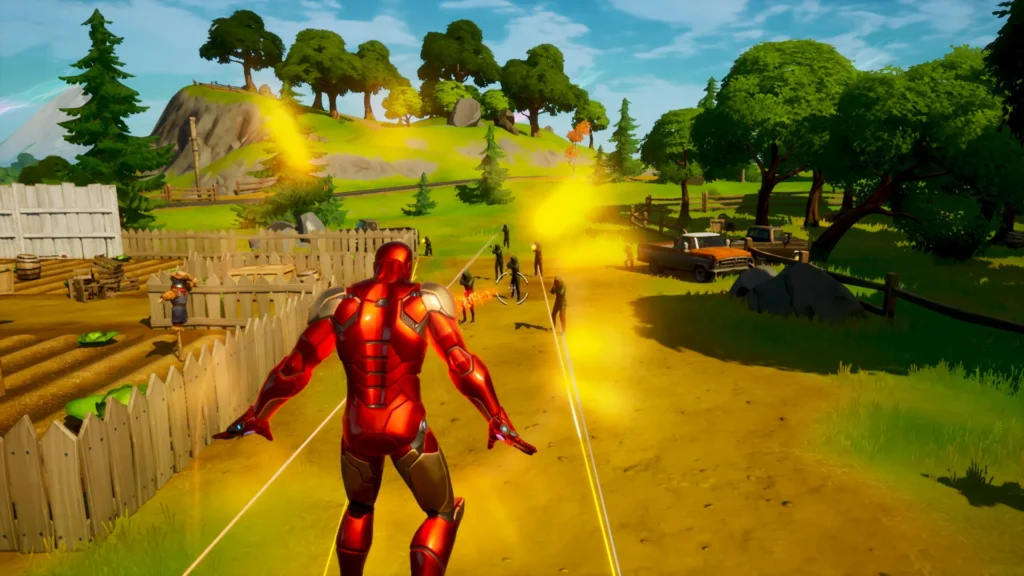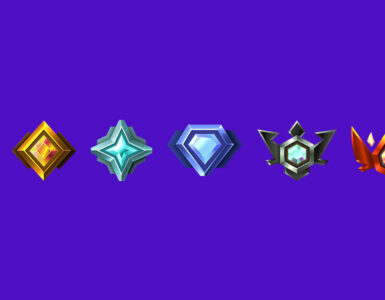When Fortnite burst onto the gaming scene in 2017, few could have predicted the cultural juggernaut it would become. With over 400 million registered users worldwide and a player base heavily skewed toward younger demographics, Fortnite is not just a game—it’s a social space, a pop culture platform, and, for better or worse, a major influence on the youth of today. But what does that really mean for the young generation growing up with it?
The Appeal: Why Kids (Still) Love Fortnite
There’s no denying Fortnite’s irresistible charm. Its vibrant art style, fast-paced gameplay, and free-to-play model make it extremely accessible. But more than that, Fortnite offers a constantly evolving world with regular updates, new skins, dances, emotes, and crossovers with franchises like Marvel, Star Wars, and even Ariana Grande.
The social component is perhaps the biggest hook. For many kids, Fortnite is where they hang out with friends. Voice chat and co-op modes make it feel more like a virtual playground than just a battle royale.

Cultural Influence: From Dance Moves to Fashion Trends
Fortnite has managed to blur the line between gaming and mainstream culture. Emotes like the “Floss” or “Take the L” became playground sensations. Halloween costumes inspired by Fortnite characters have become common. Even school classrooms have seen an impact—both in terms of excitement and distraction.
The game’s collaborations with pop stars, athletes, and film franchises have made it a centerpiece of youth culture. In short, Fortnite has become part of the way kids express themselves.
Educational and Developmental Impacts
Pros:
- Teamwork and Strategy: Playing in squads teaches cooperation, communication, and quick strategic thinking.
- Digital Literacy: Navigating updates, managing skins, or even understanding battle pass systems introduces kids to digital environments and microtransactions.
- Creativity: Creative Mode allows kids to build their own worlds, similar to Minecraft, encouraging design and problem-solving.
Cons:
- Attention Span and Addiction: The game’s fast pace and reward loop can lead to shortened attention spans and compulsive playing behaviors.
- Sleep Disruption: Late-night gaming sessions, especially before school, can interfere with sleep and academic performance.
- Aggression and Frustration: Although not overly violent by design, the competitive nature of the game can lead to increased irritability and emotional outbursts.

Parental Concerns and Screen Time
Parents often find themselves torn. On one hand, they appreciate that their child is engaged and socializing. On the other, there’s worry about excessive screen time, exposure to online strangers, and the pressure to spend money on skins and battle passes.
Setting boundaries—like limiting playtime, ensuring homework is done first, or keeping the game in shared spaces—has become a new parenting frontier.
The Rise of the “Fortnite Kid” Stereotype
With popularity came backlash. The term “Fortnite kid” has become an internet meme, often used to describe hyperactive, sometimes entitled young players obsessed with the game. While exaggerated, it highlights how much the game has become tied to a specific age group—and how generational divides are forming over gaming habits and online behavior.
A Platform, Not Just a Product
Perhaps one of the most fascinating aspects of Fortnite is how it has evolved beyond gaming. In-game concerts, movie screenings, and narrative live events have turned the game into a platform—something closer to a metaverse.
For many young players, Fortnite is where they experience pop culture, news, social interaction, and self-expression. That’s powerful, and it’s also a responsibility that falls on developers and parents alike.
Shaping a Generation, One Match at a Time
Love it or hate it, Fortnite has undeniably left its mark on today’s youth. It has shaped how kids play, socialize, and consume media. Like any tool, its impact depends on how it’s used. When balanced and guided, Fortnite can be a source of fun, creativity, and connection. But without limits, it can easily spiral into obsession.
As with most things in the digital age, the key lies in awareness, moderation, and open conversations—not just between kids and parents, but across society as we navigate what it means to grow up in a world where gaming is culture.





Add comment